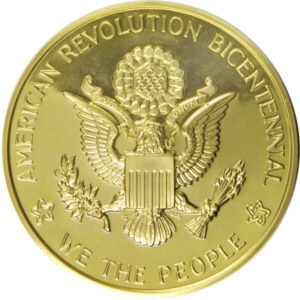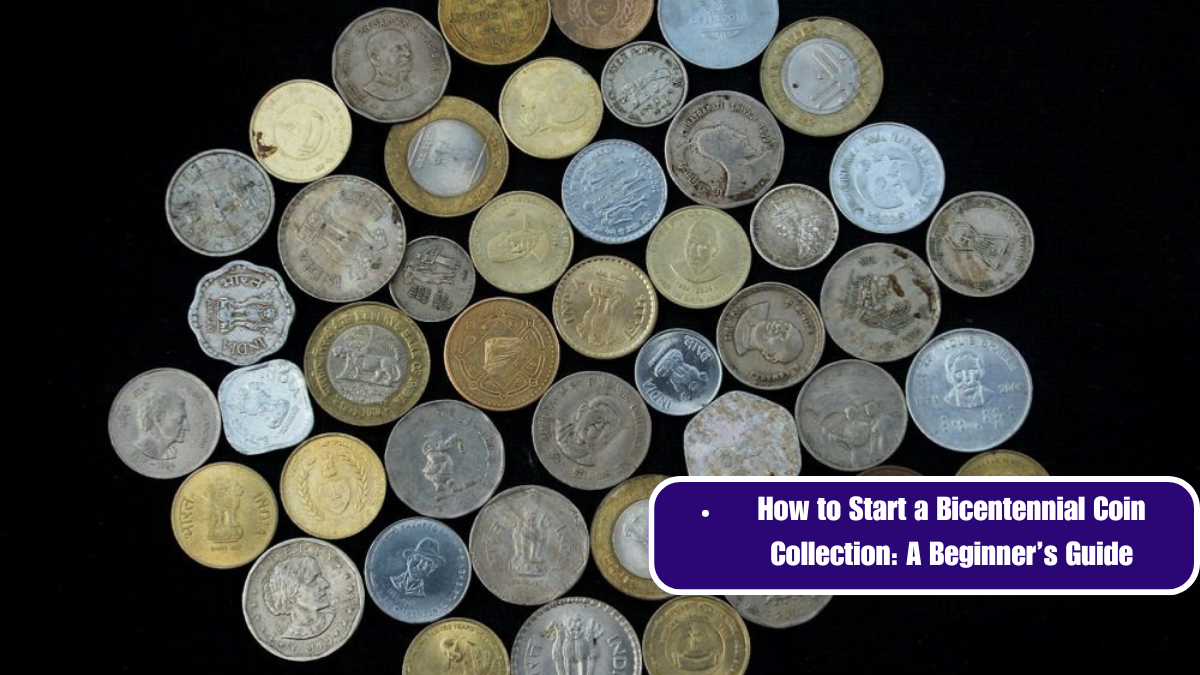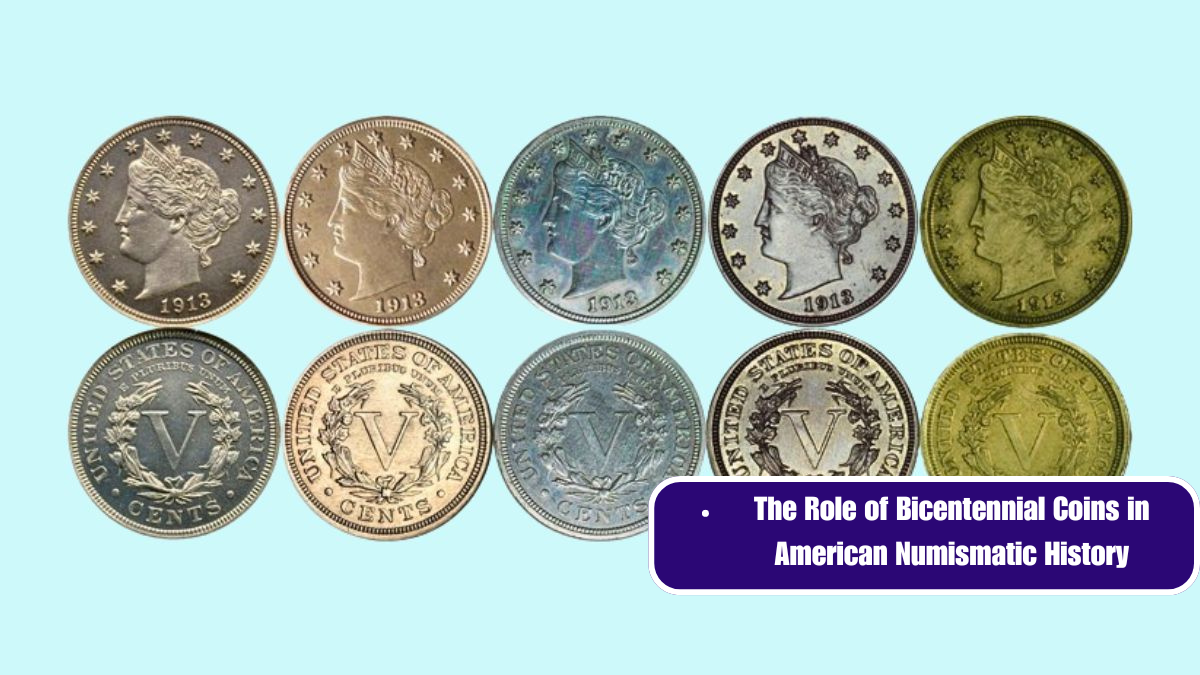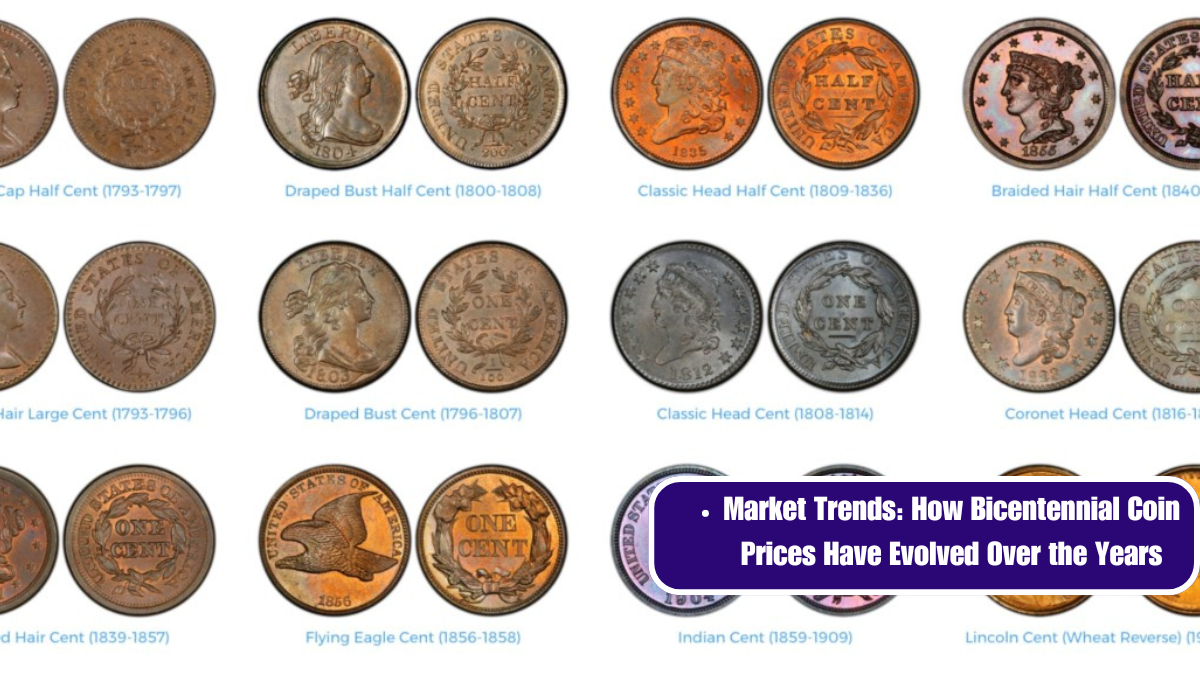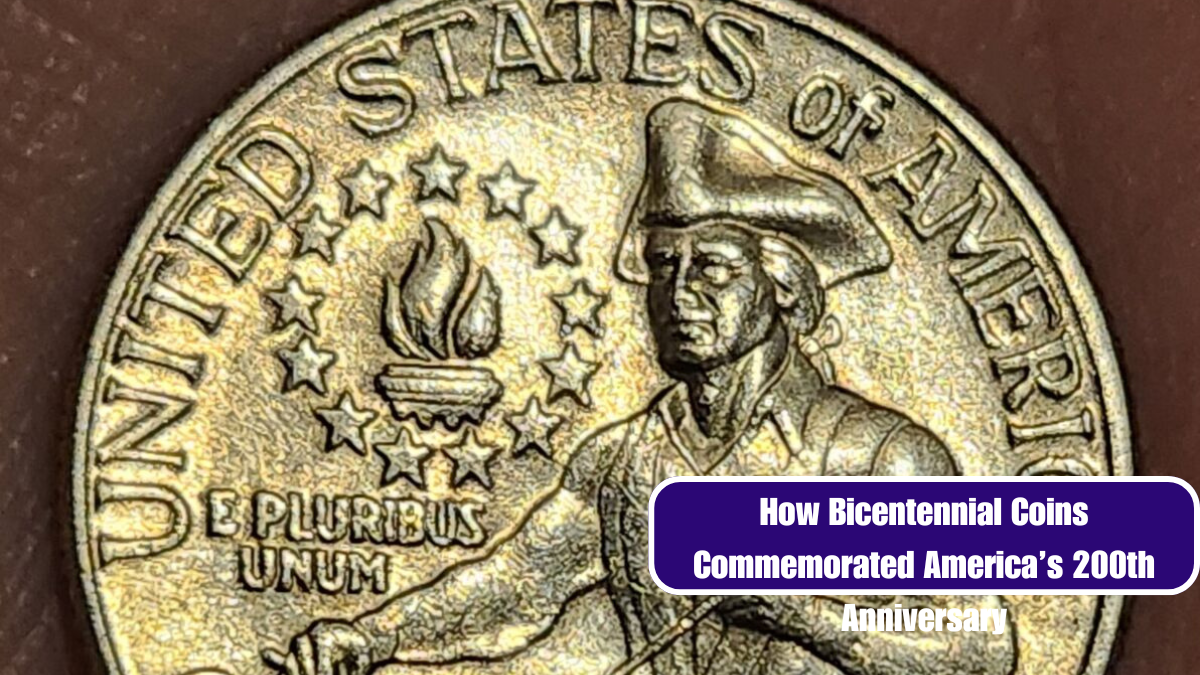The 1976 Bicentennial coins, issued to celebrate the 200th anniversary of American independence, remain a fascinating chapter in U.S. numismatic history. While millions of these coins were minted, their unique designs and historical significance have led to a range of rarities within the series. This article delves into the lesser-known varieties of Bicentennial coins and identifies which are considered scarce and sought-after by collectors today.
The Bicentennial Coin Series
In 1975 and 1976, the U.S. Mint issued three Bicentennial coins: the quarter, half dollar, and dollar. Each coin featured a distinctive reverse design commemorating the nation’s 200th birthday. The quarter depicted a colonial drummer, the half dollar showcased Independence Hall, and the dollar portrayed a depiction of the Liberty Bell and the Moon. Although these coins were produced in large quantities, certain varieties have become notable for their rarity.
Key Varieties and Their Rarities
1. 1976-D Kennedy Half Dollar with No Mint Mark
The 1976-D Kennedy Half Dollar, minted in Denver, is one of the most interesting varieties in the series. While most Bicentennial halves were minted in Philadelphia and carry the “D” mint mark, a small number of unmarked halves have surfaced. These pieces are the result of a few errors in the minting process. Collectors highly value these error coins due to their scarcity and the intrigue surrounding their production.
2. 1976-S Proof and Silver Proof Coins
The San Francisco Mint produced proof versions of the Bicentennial coins with two distinct variations: the regular proof and the silver proof versions. Among these, the 1976-S Silver Proof Set coins are especially rare. Although the San Francisco Mint struck a substantial number of these coins, the silver proof versions are less common than their copper-nickel counterparts. The silver proofs, with their higher silver content and mirror-like finish, command a premium in the collector’s market.
3. 1976-S Quarter with a Doubled Die Obverse
The 1976-S Bicentennial Quarter with a Doubled Die Obverse is another scarce variety. This error is characterized by a noticeable doubling of the lettering and date on the obverse side of the coin. Although only a few examples are known, they are highly prized among collectors due to their distinctive appearance and the rarity of the error.
4. 1976-P and 1976-D Bicentennial Dollars with Inverted Mint Mark
In 1976, the Philadelphia Mint produced Bicentennial Dollars without a mint mark, but there are rare instances where the “D” mint mark from the Denver Mint appears inverted on these coins. These inverted mint mark errors are incredibly rare and sought after by collectors, making them some of the most elusive varieties in the Bicentennial series.
Collecting Tips
For those interested in adding Bicentennial coins to their collection, it’s essential to pay attention to the following tips:
- Authentication: Ensure that the coins you are buying are authenticated, especially if you are seeking rare varieties. Third-party grading services can provide assurance regarding the authenticity and condition of your coins.
- Condition: The rarity of a coin often correlates with its condition. Coins in higher grades, especially those with rare errors or unique features, will generally command higher prices.
- Research: Stay informed about the different varieties and their unique characteristics. Knowledge about what makes a coin rare or valuable will help you make more informed purchasing decisions.
- Networking: Join numismatic clubs or online forums where you can connect with other collectors and experts. Networking can provide insights into where to find rare coins and share valuable information about the market.
While the 1976 Bicentennial coins are widely known and commonly found, certain varieties stand out due to their rarity and unique features. From error coins with missing or inverted mint marks to less common silver proofs, collectors who are aware of these rarities can uncover valuable additions to their collections. As with any numismatic pursuit, patience, knowledge, and diligence are key to discovering and acquiring these sought-after pieces.


